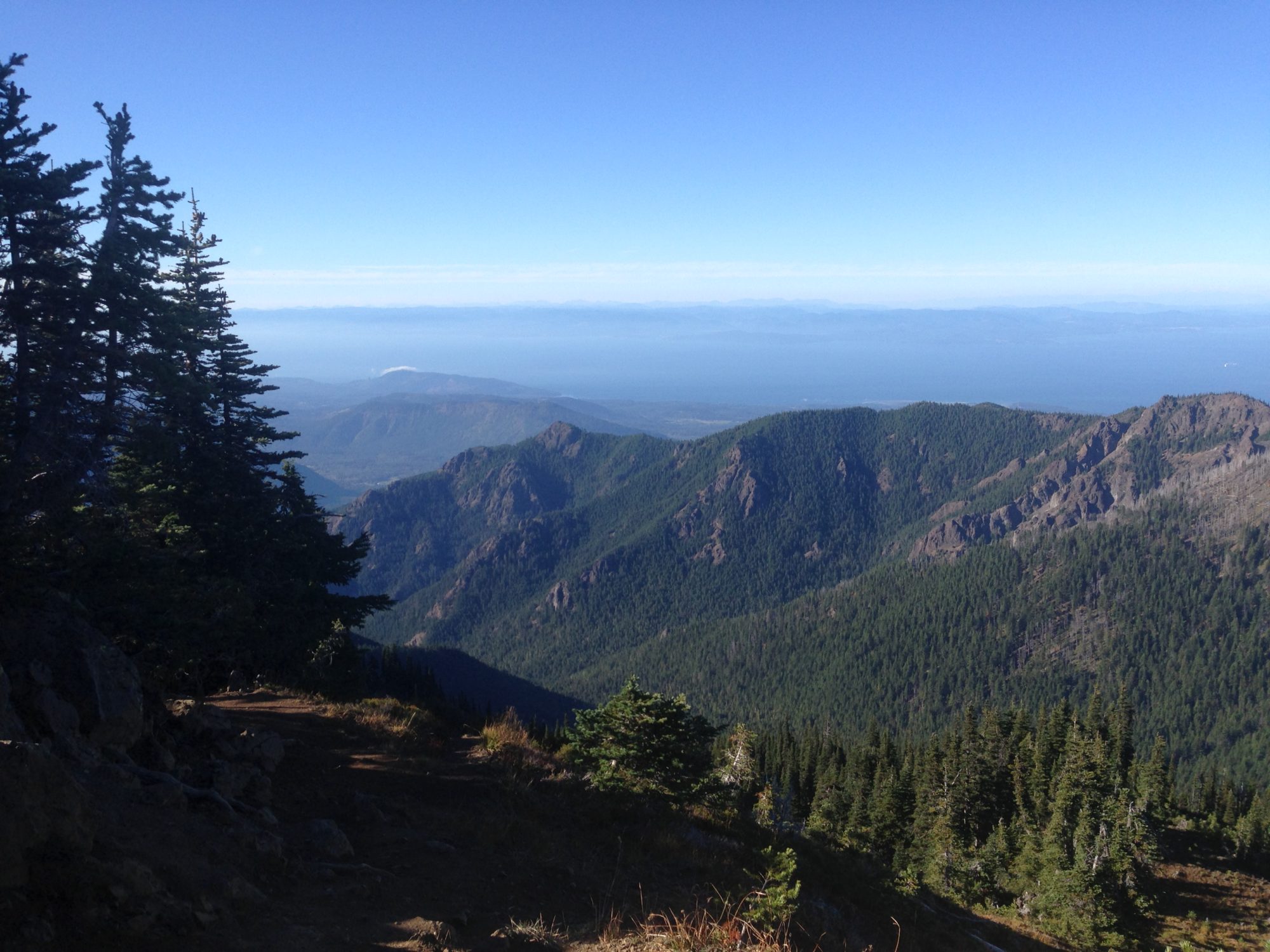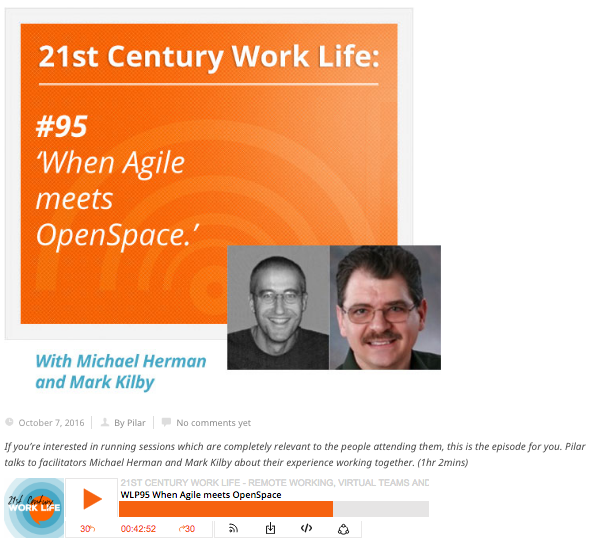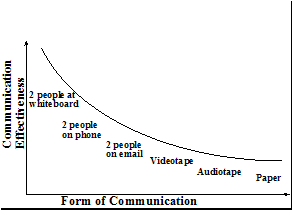<hmmm …> this article in the economist touches on some of what i’ve been thinking about the social networking tools. that despite the wide online connecting, we’re still basically limited by brain. or at least habits of brain-as-brains-currently-are.
the article distinguishes between a broadcast network (100s or even 1000s), a dunbar-sized network (about 150), and a more intimate social core (i’ll say loosely, 5-15). it talks about average numbers, but there will, of course, be differences between individuals — but also within individuals. i picture the variation within my individual network as a flutter in the boundary between the core, the dunbar, broadcast groups. if flutter is the right word for the fluctuation in the opening of my social aperture, then maybe float might be the way to describe the shifting my social aim. that is, as my aim changes, from project to project, the whole aperture pans the landscape of people i know. do i change my focus or emphasize the fluttering on “one side” of my circle, changing subjects in mid-conversation with neighbors who might also be connected to my work.
if maintaining a social core takes energy and attention, takes grooming, then what if i have several very different projects. if my core people in each of those aims don’t overlap, does my work in each suffer for lack of a full core? or do i get overtaxed by staying close and current with several sets of core folks? i suppose this is where hierarchy is born. i need a full core to accomplish things on most projects, but i’m split between projects. in those projects where i’m short core support, maybe i show up just enough to support somebody who’s more present, more connected in that realm, more often, leveraging my limited connections into another’s deeper connections. mostly i go along, vote the way he or she does, and occasionally get the support i need for something.
greater ease and effectiveness, simultaneously, and happiness too, would seem to rely on a stronger core, either by choosing people who are closer with more similar aims, or by gathering a very disparate group that is able to understand the essence of the challenge as similar across many diverse projects and places. we specialize/localize or generalize/globalize.
now, what if distance core is not as strong as when we can share food and drink and all kinds of other physical connectings and alignings? seems as longs as we are bodies, local is going to have some major advantages. what does generalize/locally or specialize/globally mean? is there a social network platform that supports this? seems that it’s possible, but not necessarily directly supported, or at least distinctly supported by facebook, twitter and the like.
i think what feels like strongest support, and the group i’ve been part of that has been most interesting, helpful and alive, is a small (7-10) group of people, with diverse aims, in terms of projects and places, but a common or super aim, something ranking up there with love, compassion, joy and common scope, in that we were wishing and working on these things to blossom on a similarly large scale, even as we all were local enough to gather in the same room with some dependable regularity. many individual aims, shared vision/language, large spanning/spilling scale, local gathering.
local gathering and diversity of aims happens naturally, just look around the neighborhood. but less likely to find local in an online neighborhood. unless neighborhood expands toward global, in which case body starts to get confused, as perception still seems to happen very locally. but the neighborhood might lack a larger mission, a higher purpose, and the energy of a rising dunbar- or broadcast-sized network tide. but but but.
how to find the great waves in a neighborhood, make local connections in facebook, change the world in a small group, or invite far-flung activists to a monthly potluck dinner? can we grow facebook legs and arms, twitter hands and feet, using distance tools to take local steps into embrace? does broadcasting scale heighten elevate otherwise small local purpose? where does the great heart rest down into soft earth? forgot your password? </hmmm …>


